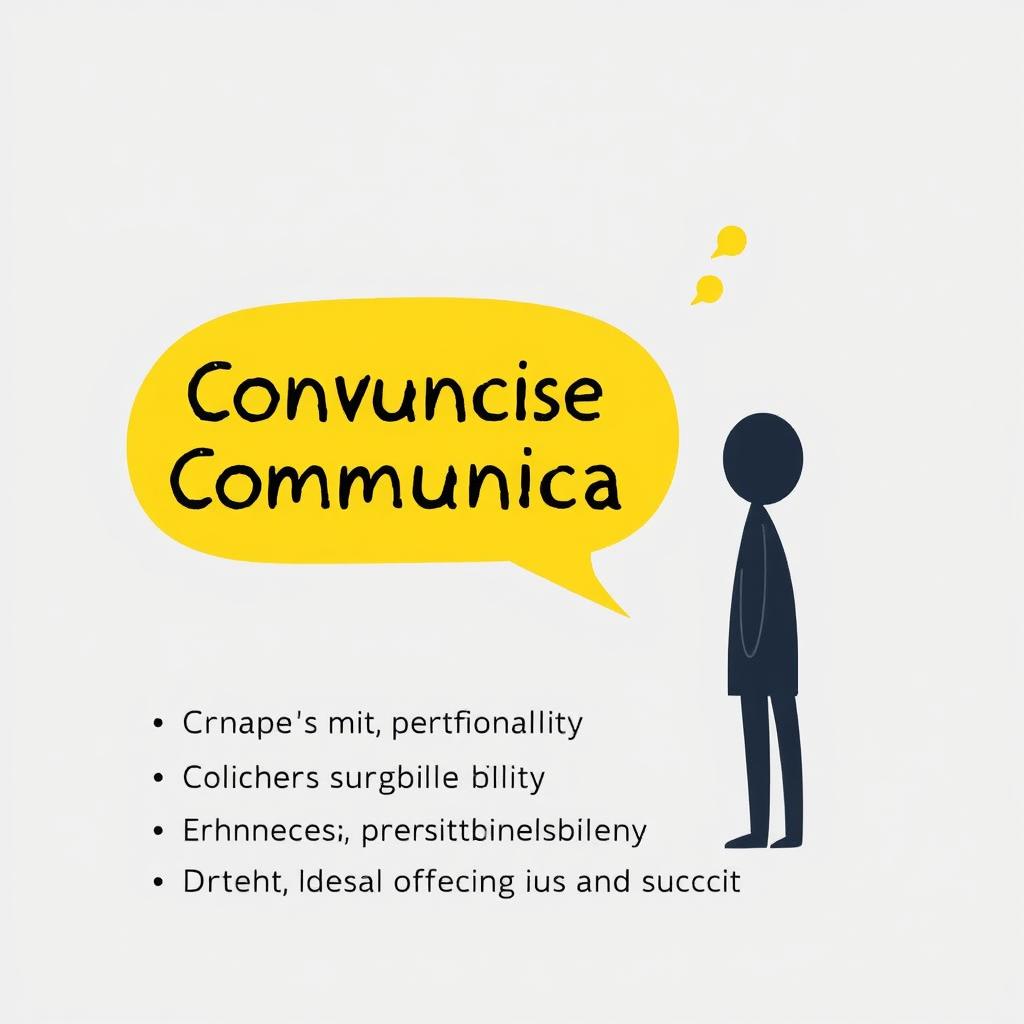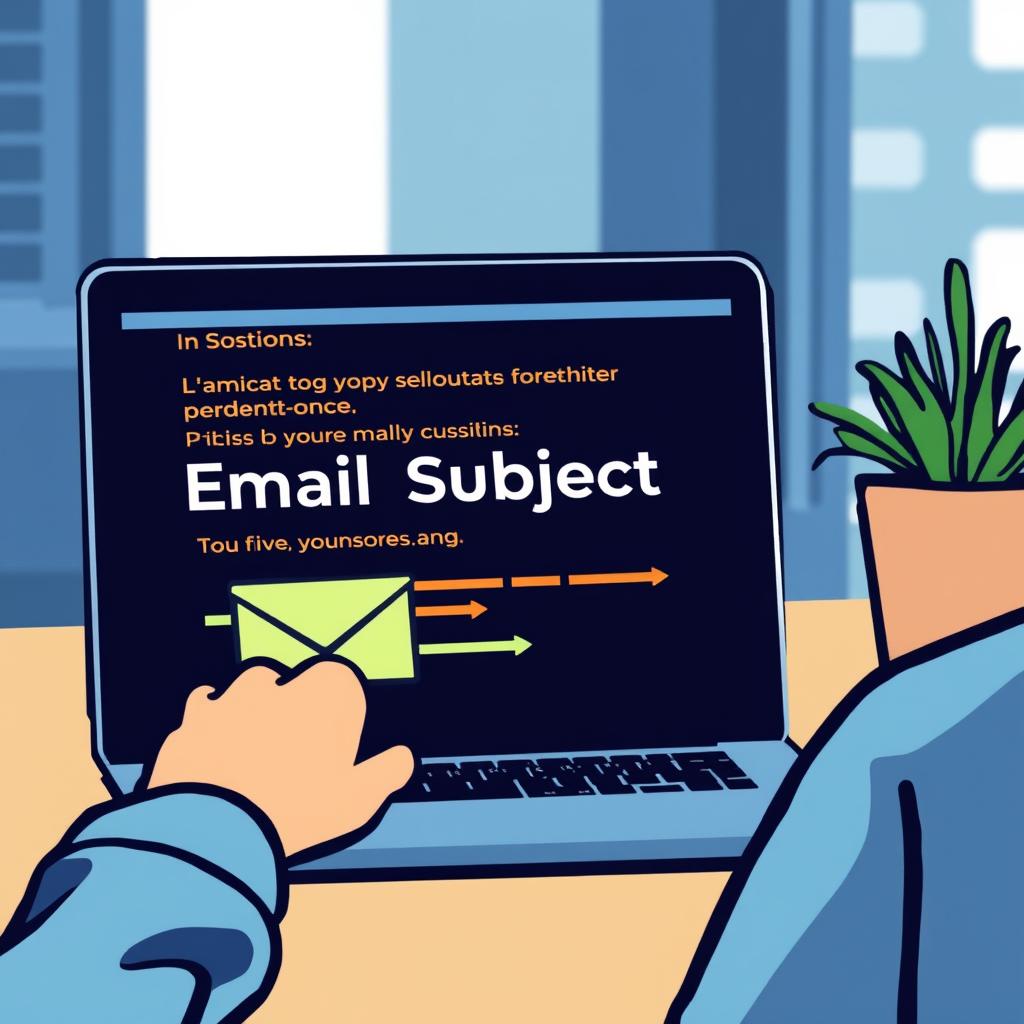Mastering PDFs: The High-Stakes Game of Professional Reading
Estimated Reading Time: 7 minutes
- Enhance your PDF reading efficiency through structured approaches.
- Manage cognitive load with effective strategies and AI tools.
- Understand document genres to tailor your reading methods appropriately.
Table of Contents
- Introduction
- Examples and Templates
- Cognitive Load: The Silent Killer of Productivity
- Reading Strategies as Triage
- Tailoring Strategies to the PDF Genre
- Summary of Strategic Imperatives for PDF Reading
- Conclusion
Introduction
In today’s fast-paced business landscape, effective communication has never been more critical. With countless documents, reports, and PDFs vying for a reader’s attention, simply comprehending the text is far from sufficient. Reading professional PDFs requires a sophisticated approach, one that balances efficiency, strategic engagement, and the ruthless extraction of value. Yet, many individuals approach PDF reading naively, believing that the act itself is straightforward. This common misconception can lead to a myriad of challenges, including overwhelming cognitive load, misguided reading strategies, and ultimately, lost time and productivity.
So, what makes professional PDF reading a “high-stakes cognitive game?” The struggle is rooted in the structural design of documents and our ability to navigate them effectively. Poorly structured PDFs can lead to wasted hours and frustrating information searches, while well-organized files can enhance comprehension and decision-making. The reality is that PDFs are diverse ecosystems—ranging from clear and logical structures that guide the reader to chaotic arrangements that can leave anyone feeling lost.
How can you overcome these challenges and maximize the effectiveness of your PDF reading? By adopting key strategies and leveraging available resources, you can transform your approach to reading professional documents. In this post, we’ll explore essential reading strategies and insight from research that arms you with the tools to navigate any PDF effectively. You’ll learn to recognize the importance of document structure, manage cognitive load, and adapt your strategies to different types of PDFs. Furthermore, you’ll discover how to utilize artificial intelligence to assist your reading efforts and enhance your productivity.
At professionalizeitto.me, we empower you to write and read with precision and confidence. So, let’s dive into the complex world of PDF reading and discover best practices to elevate your professional communication.
Examples and Templates
The Tyranny of Structure: How PDFs Enforce Reading Regimes
Good Structure vs. Bad Structure
- The Benevolent Dictator: A professional PDF utilizes clear headings, subheadings, and well-organized lists, facilitating quicker comprehension by reducing search costs. For instance, consider a technical manual with an intuitive layout that allows the user to find specific troubleshooting procedures immediately.
- The Anarchic State: On the flip side, a poorly formatted document can leave users skimming, hacking their way through dense blocks of text without receiving the essential information they need.
Template for Effective PDF Structure:
- Title Page: Clear, immediately informing the reader about the document’s content.
- Table of Contents: A brief overview enabling rapid navigation.
- Headings/Subheadings: Break down content into digestible sections.
- Bullet Points and Lists: Highlight key points to minimize cognitive load.
Encouragement to Explore More: For insights into how to implement effective communication structures into your own documents—and to enhance your PDF reading skills—visit professionalizeitto.me for tailored advice and professional services.
Cognitive Load: The Silent Killer of Productivity
Understanding Cognitive Load
Cognitive load refers to the mental effort required to process information, and poorly structured PDFs can dramatically increase this burden. Research shows that engaging with complex sentences and dense formats can easily overwhelm the reader.
Key Strategies:
- Keep It Simple: Use a larger font (around 12 points) and generous line spacing (1.5 or greater) to minimize visual strain.
- Utilize White Space: Allow for cognitive breathing room which promotes clarity and comprehension.
Reading Strategies as Triage
Effective PDF reading is a mix of different strategies depending on the document type:
- Previewing: Before reading, scan the document to get a mental map of the content. Look for headings, figures, and critical points.
- Active Reading: Engage with the material through highlighting, annotating important sections, and asking questions.
- Strategic Skimming: Identify key sections that require deeper focus, especially when time is scarce.
Actionable Steps to Get Started:
- Visit our website to access resources and tools tailored for mastering PDF reading.
- Subscribe to our newsletter for weekly insights on effective communication.
- Book a consultation with our experts to receive personalized advice.
By taking these proactive measures, you can begin your journey to mastering professional communication.
Tailoring Strategies to the PDF Genre
Recognizing the genre of the PDF is crucial in determining the appropriate reading strategy. Here’s how to approach different types:
- Scientific Papers: Focus on key sections—abstract, methodology, results, and conclusion. Familiarize yourself with statistical interpretation.
- Legal Documents: Scan for specific clauses; meticulous attention to detail is essential.
- Technical Manuals: Utilize the table of contents to retrieve specific instructions quickly.
- Marketing Reports: Identify trends in data presented in charts and graphs.
Summary of Strategic Imperatives for PDF Reading
| Aspect | Strategic Imperatives |
|---|---|
| Document Structure | Demand clarity, hierarchy, and visual coherence. Reject dense text and inconsistent formatting. |
| Cognitive Load | Optimize font size, line spacing, and information density. Embrace white space as a cognitive resource. |
| Reading Strategies | Master strategic skimming, in-depth reading, active reading, and note-taking. Adapt strategies to the specific PDF genre. |
| AI Tools | Harness AI for speed and efficiency while remaining vigilant of bias and inaccuracy. Prioritize data privacy. |
By employing these strategies, readers can create a more effective PDF reading process, turning a challenging task into a streamlined experience. This is crucial in terms of productivity and efficiency in your professional life.
Conclusion
Mastering the art of PDF reading is a high-stakes game that demands more than passive consumption. The future of reading professional documents lies in active engagement and strategic approaches. By recognizing structural nuances, managing cognitive load, and tailoring strategies to specific document genres, you can significantly enhance your efficiency. With the aid of AI tools and a commitment to improving your communication skills, this high-stakes game becomes one where you emerge victorious.
Empower yourself with the tools, techniques, and insights needed to navigate this complex landscape. Discover more at professionalizeitto.me and transform your reading and writing capabilities today.


